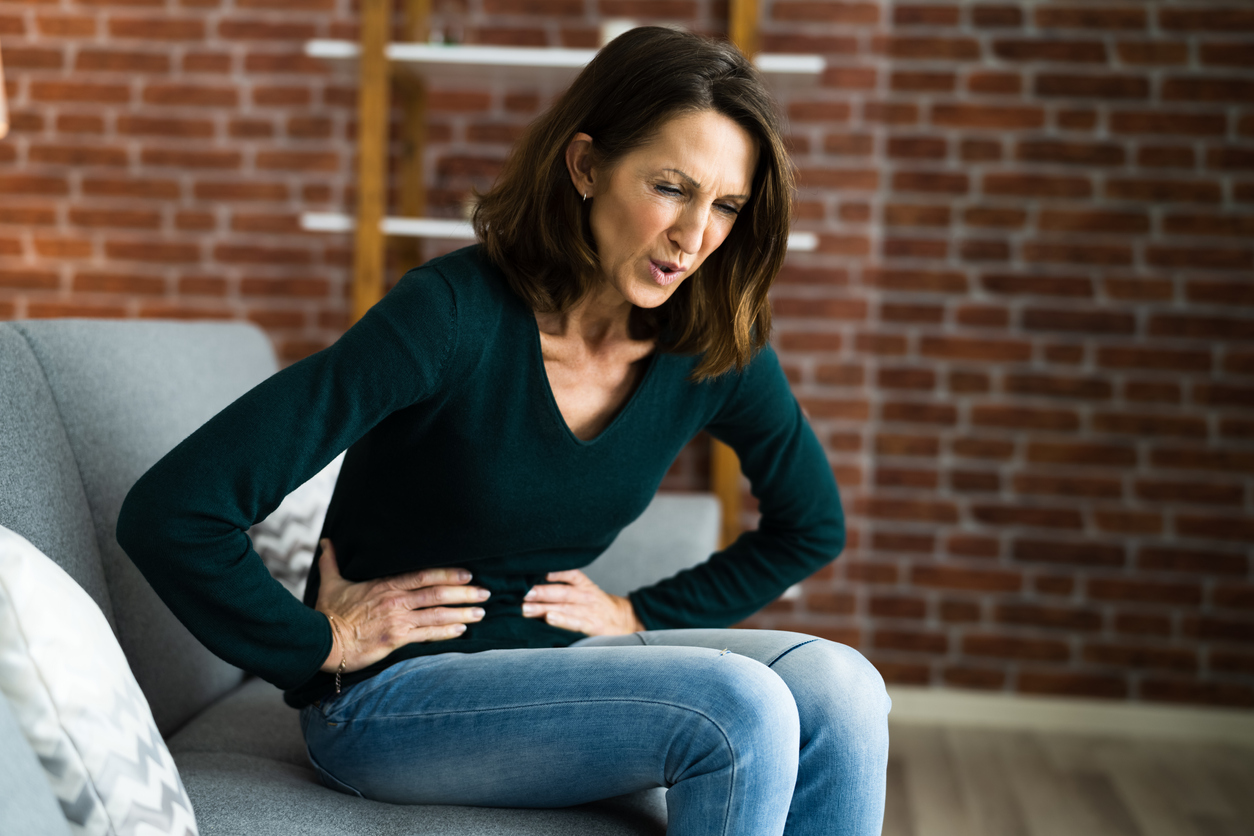Nathalie Smith at Pure Sports Medicine discusses how endometriosis needn’t stop you enjoying the sports and exercise you love.
Recently there has been a positive shift in the openness of talking about endometriosis, with celebrities and sports personalities sharing their personal stories and, in doing so, empowering others. You might be surprised to know that 1.5 million women and those assigned female at birth in the UK are living with endometriosis.
Endometriosis is the condition where cells similar to the ones in the lining of the womb are found elsewhere in the body. The behaviour of these cells when in the womb results in a period, which is how they leave the body. When these cells grow outside of the womb, they don’t have any way to leave resulting in symptoms such as pain, fatigue, depression and problems with sex and conceiving.
The good news is that the symptoms of endometriosis can be treated and managed so that those with it can continue to live happy, healthy, active lives.
You’re probably thinking, ‘What does endometriosis have to do with sports medicine?’ Well, our main objective is to help women and people assigned female at birth to play the sports they love in spite of the symptoms associated with endometriosis. That means knowing how to manage the symptoms, from movement-based and hands-on treatment to nutritional advice.
These symptoms can be tricky to navigate. The first thing to identify is what they are. So, with the help of Endometriosis UK, we made a quick guide to the most common symptoms to help raise awareness.
The 6 Symptoms of Endometriosis You Need to Know
- Chronic pain
- Fatigue/lack of energy
- Depression/isolation
- Problems with a couple’s sex life/relationships
- An inability to conceive
- Difficulty in fulfilling work and social commitments
Living with endometriosis
Now we’ve established what it is and what the symptoms are, next is what we can do about it. Many of the symptoms can lead to the muscles in the abdomen becoming tight and contracted. But there are exercises that can help to reduce the tension in these muscles, which include the use of the breath. Click here to see them: Low Impact Exercises to help with Endometriosis.
As with any medical condition, everyone’s experience is going to be slightly different, so we aren’t going to (and never will) approach this with a ‘one size fits all’ method. We would always advise anyone who suspects they have endometriosis to speak to a healthcare professional in order to receive the most appropriate treatment. Having said that, there are some questions we have been frequently asked that we wanted to cover to not only put your worries at ease but to bust some common myths in the meantime! Click here to see them all: Exercise & Endometriosis: Your FAQs Answered.
Finally, we come to nutrition. We briefly mentioned that nutritional advice is available for those with endometriosis. Often when we explain this we get reactions of shock and confusion but, as with most things related to our physical wellbeing, what we eat and drink can have a positive impact on the symptoms. Don’t take our word for it though: FitPro’s resident dietitian Dr Linia Patel, who has worked with many athletes over the years, explains it all in an easy-to-digest blog here: What to Eat and Avoid with Endometriosis.
The bottom line is that endometriosis shouldn’t stop you from doing the sports and activities you enjoy, or living a healthy, active life. It’s simply down to how you manage it and that is where we come in.
Author Bio:

Nathalie Smith is an experienced Marketing Executive with a demonstrated history of working in the health wellness and fitness industry and has worked with Pure Sports Medicine for over 5 years. She is skilled in copy writing, social media content creation, communication, video production and editing; with a personal passion for writing.







